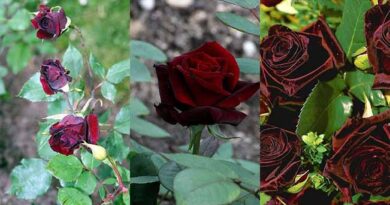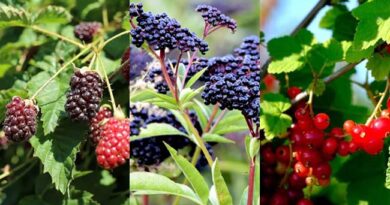Stop! Don’t Cut These Perennials in Fall or You’ll Regret It in Spring
Every fall, I used to grab my pruning shears and go on a cutting spree—anything brown or scraggly had to go. Turns out, I was kinda sabotaging my own garden. Some plants actually need their old stems and leaves through winter. Cutting them too early can ruin next year’s blooms or even kill the plant.
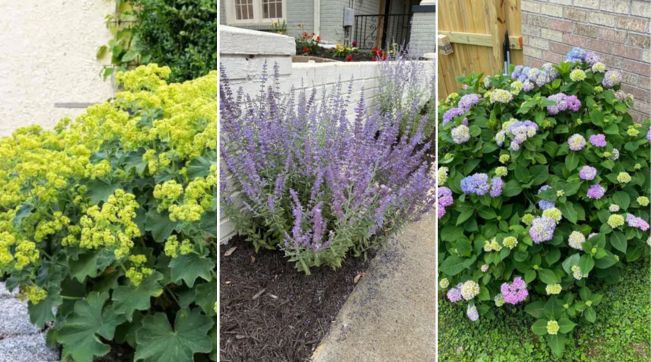
If you want strong, happy flowers next spring, here are the perennials you should definitely not cut back in fall. Trust me, your future self (and your garden) will thank you.
1. Roses
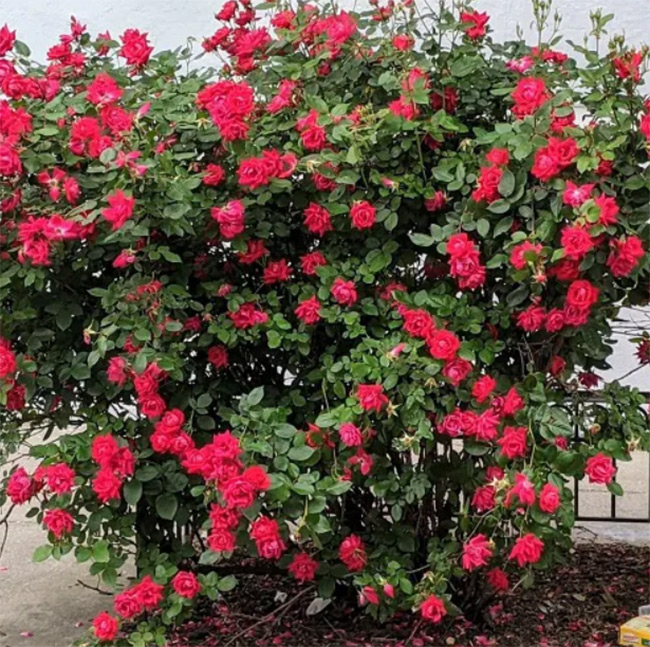
I know, it’s tempting. Roses look messy after summer. But don’t grab the shears just yet. When you prune too early, the plant gets confused—it thinks, “Oh cool, time to grow again!” right before frost hits. That fresh new growth freezes, and the poor rose wastes all its energy.
- Wait until late winter or early spring to prune—when the plant is fully dormant.
- For once-a-year bloomers, prune after flowering instead.
- Resist the urge to trim after the first frost, no matter how ugly they look.
I learned that the hard way—pruned mine one October and ended up with blackened stems that looked like burnt toast by Christmas.
2. Forsythia
These bright yellow spring bloomers are such a happy sight after a long winter. But here’s the catch—they flower on old wood. That means if you cut them back in fall, you’re literally snipping off next spring’s blooms before they even form. Ouch.
- Wait until right after they bloom in spring to prune.
- Trim lightly—just shape them and remove dead branches.
- Skip the fall cleanup for these; let them rest.
If you ever wonder why your forsythia didn’t flower, you might’ve been too scissor-happy last fall. Been there.
3. Globe Thistle
These spiky blue beauties are great for adding texture to your garden—and for feeding hungry birds in winter. If you cut them back in fall, you lose both. The seed heads look gorgeous when frosted, and finches absolutely love them.
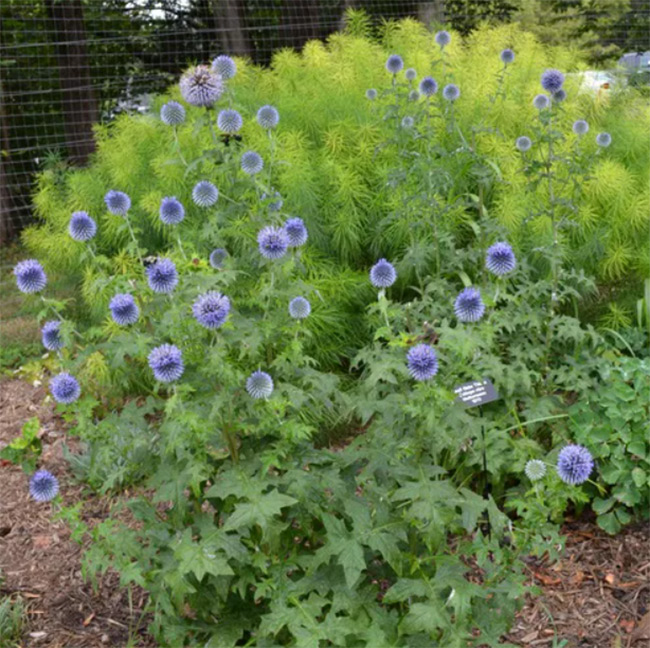
- Leave the dried heads through winter as natural bird feeders.
- Cut back only in early spring once the snow melts.
Plus, those orbs look magical with a bit of snow dust on them. Instant winter décor, zero effort.
4. Russian Sage
Russian sage smells like minty heaven and looks like a lavender cloud in summer. The silver-green stems also give your winter garden some color. Don’t ruin that by cutting it too soon! Pruning in fall can spark new growth that freezes and dies fast.
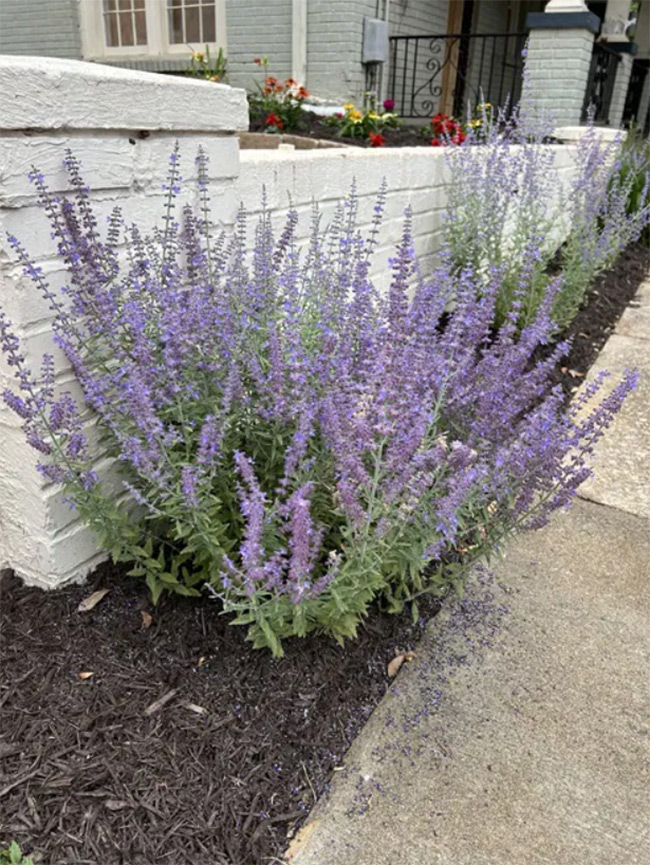
- Leave the stems for winter texture (and to catch the frost beautifully).
- Cut back in mid-spring when new shoots appear.
I once cut mine in October, and by January it looked like tumbleweed. Never again.
5. Coneflower
Another bird favorite! Those spiky brown seed heads are basically bird feeders on a stick. Goldfinches go wild for them in winter, and the dry stems also add structure when everything else in your garden looks flat.
- Keep the flower heads up through winter.
- Prune back in spring once frost danger passes.
Honestly, they look kinda poetic—like little brown suns standing in the snow.
6. Black-Eyed Susan
These cheerful yellow blooms are like tiny suns in the garden, and honestly, they’re hard to kill. But if you want them to come back stronger, don’t chop them in fall. The seed heads feed birds all winter, and the dried stems help protect the roots from harsh cold.
- Leave the stalks standing through winter.
- In cold zones, mulch around the base for extra protection.
- Cut back in early spring when you see new green growth peeking through.
One winter I cleared mine too soon, and my garden felt weirdly empty—no color, no birds, just regret. Never again.
7. Mock Orange
This shrub smells like an actual citrus grove when it blooms. But here’s the tricky part—it flowers on old wood. If you prune in fall, you’re basically canceling next spring’s flower show. Let it bloom first, then trim in early summer if needed.
- Prune right after blooming in late spring or early summer.
- Skip any cutting in fall or winter—it’ll just ruin next year’s buds.
- Deadhead only if branches look diseased or broken.
I once cut mine back in October thinking I was being “proactive.” The next year? Zero flowers. It was like the plant was giving me the silent treatment.
8. Viburnum
Viburnums are like the overachievers of the garden—fragrant blooms, colorful berries, pretty leaves. But they grow flowers on old wood too, so fall pruning is a bad idea. Cut those stems now, and you’ll say goodbye to both blooms and bird snacks next season.
- Wait until after flowering to shape or thin the plant.
- Never prune in fall or winter unless you enjoy disappointment.
- Enjoy the berries—they feed birds and add winter color.
The first time I saw a flock of robins feasting on viburnum berries, I realized—sometimes “messy” gardens are just better gardens.
9. Lady’s Mantle
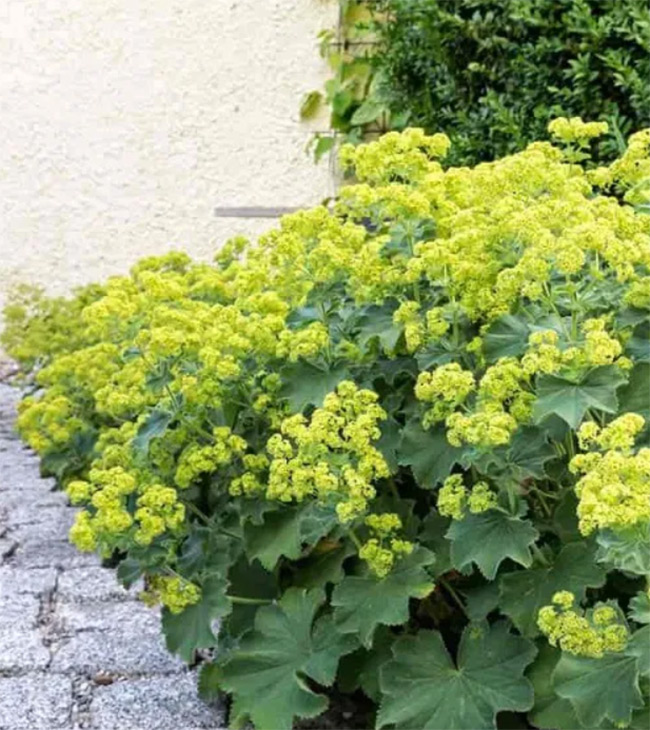
This plant looks soft and fancy, with its big leaves that catch morning dew like tiny jewels. But beneath that elegance is a tough survivor. Cutting it back too early exposes the crown to cold and rot. So yeah, let it be a little wild through winter.
- Don’t prune in fall—wait for spring growth to start showing.
- Mulch lightly around the base if winters are harsh.
- Give it some shade in hot summers; the leaves scorch easily.
My neighbor once trimmed hers in October, and by February it looked like a soggy salad. Keep the leaves—they’re its armor.
10. Ninebark
Ninebark is a total show-off—peeling bark, pretty flowers, and colors that shift through the seasons. It doesn’t mind pruning, but fall isn’t the time. If you trim it before dormancy, it might try to push new growth that freezes right away.
- Prune in winter dormancy or early spring when buds just start swelling.
- Snip out dead or crossing branches after it flowers.
- Leave it alone in fall—enjoy that beautiful bark instead.
Seriously, when the light hits that peeling bark in winter, it looks like abstract art. Totally worth keeping around.
11. Lilacs
Lilacs are pure nostalgia—every spring they bloom, and suddenly the whole garden smells like childhood. But don’t ruin that vibe by cutting them in fall. They form their buds during summer, so if you prune too late, you’re basically snipping off your next bouquet.
- Only prune right after blooming—never later than midsummer.
- Remove old, woody stems a third at a time each year to refresh the shrub.
- Skip the fall trim, even if it looks overgrown. Think of it as winter prep, not neglect.
I made that mistake once and spent the next spring staring at a bush full of leaves and zero flowers. Nothing humbles a gardener like that kind of silence.
12. Rhododendrons
These are the drama queens of the shade garden—big, shiny leaves, pinkish-purple blooms, total attention-grabbers. But fall pruning? Nope. That’s when they’re forming next season’s buds. Slice them now, and you’ll cut straight into next year’s flowers.
- Lightly prune after they bloom, usually late spring to early summer.
- Remove dead or damaged branches any time except during freezing weather.
- Leave them be in fall—let the buds harden and rest.
Rhododendrons hate surprises, especially cold ones. I learned that the year I “cleaned them up” in November and got zero blooms come spring. Brutal.
13. Hydrangeas
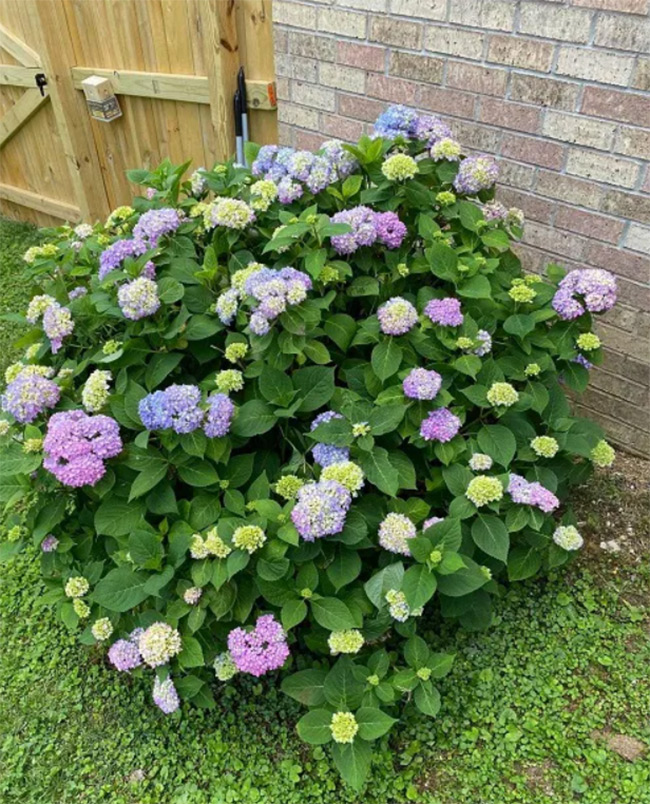
Here’s where things get confusing, because not all hydrangeas are the same. The bigleaf, oakleaf, and climbing types bloom on old wood—meaning last year’s stems hold next year’s flowers. Cut them in fall, and you’re removing everything they worked for all season.
- Find out your variety first: if it blooms on old wood, skip fall pruning.
- Prune in early summer after flowers fade.
- If it blooms on new wood (like panicle hydrangeas), you’re safe to cut in late winter.
I used to think hydrangeas were “high maintenance,” but really, they just want you to stop cutting them at the wrong time. Fair enough.
14. Perennial Sunflower
These tall, cheerful plants love the sun and don’t ask for much. When frost hits, they fade gracefully—but the seed heads? They’re a five-star buffet for birds. Leave them alone through winter, and you’ll keep your backyard full of life and color when everything else looks dead.
- Let the stalks and seed heads stand until spring.
- Cut back once new shoots start pushing through.
- Mulch around the roots to keep them cozy during hard freezes.
My garden in January looked dull—until I left the sunflowers standing. Now it’s basically a bird café. I even named one of the regular finches Gary.
15. Japanese Silver Grass
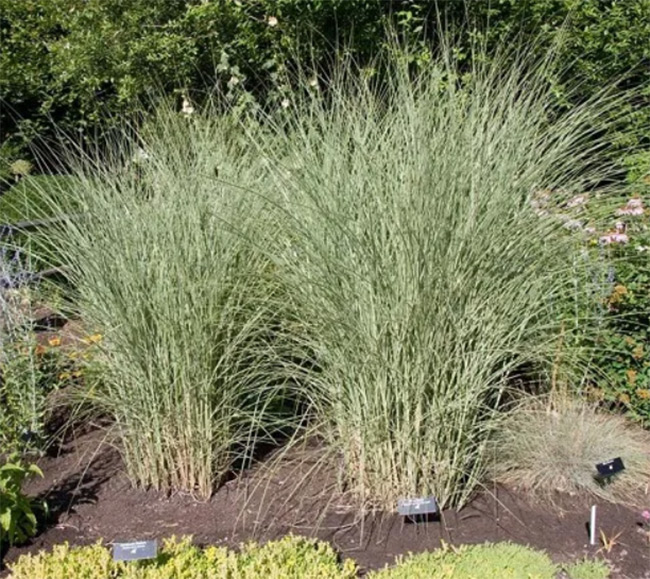
This ornamental grass is pure movement—graceful, tall, and shimmery in the breeze. Cutting it back too soon exposes the base to rot and cold damage. Plus, those plumes look magical against frost or snow. Seriously, it’s like your garden’s wearing a winter crown.
- Leave the blades and plumes up all winter for insulation and beauty.
- Cut back in early spring, before new shoots appear.
- Watch for nesting birds—some species hide in it through the cold months.
One year I chopped mine early, and by February I missed it so much I was tempted to tape the cut stalks back up. Lesson learned.
16. Lavender
I know, lavender looks scruffy after blooming. But don’t be too quick with the scissors—cutting in fall risks killing it off completely. The stems protect the crown from freezing winds and moisture. Instead, enjoy the silvery color through winter.
- Trim lightly after flowering in summer.
- Skip any hard pruning until spring growth appears.
Mine died one winter because I couldn’t stand the “messy look.” Turns out, a messy lavender is a living lavender.
17. Peonies
Peonies are the grandmothers of the garden—slow, majestic, and stubborn. Their foliage might look sad in fall, but it’s doing important work: feeding the roots for next year’s giant blooms. Cut it too soon, and you starve the plant before it finishes eating.
- Wait until the leaves yellow completely before cutting back.
- If frost hits early, let them collapse naturally.
- Cut back only when the stems are totally dead—then clean up around the crown.
They might look dramatic lying flat in the snow, but come spring, they’ll rise again like nothing happened. Trust the process.


